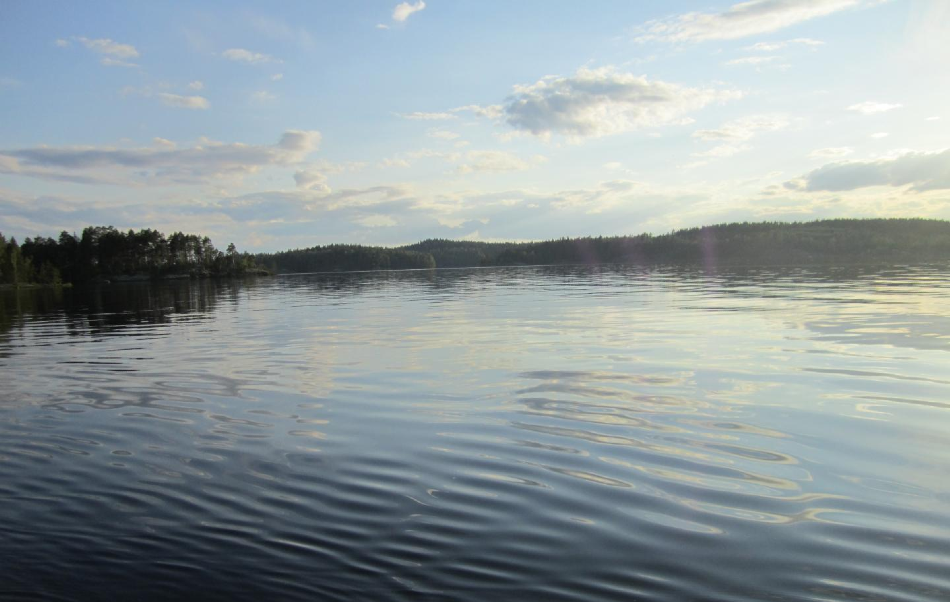Mar 27 2020
Researchers in Finland and the United States have conducted a new study demonstrating that warmer and shorter winters result in increased methane emissions from northern lakes.
 Lake Saimaa in Finland. Image Credit: Kristiina Martikainen.
Lake Saimaa in Finland. Image Credit: Kristiina Martikainen.
In other words, longer ice-free periods lead to increased emissions of methane. In Finland, methane emissions from lakes could increase by as much as 60%.
An international study performed by researchers from Purdue University in the United States, the University of Eastern Finland, the University of Helsinki, and the Finnish Environment Institute was published in Environmental Research Letters journal. That study considerably improves the existing insights into methane emissions arising from boreal lakes.
The study is founded on an enormous dataset related to the characteristics and distribution of lakes in Finland and their methane emissions. The researchers used modeling tools and the dataset with the intent to predict how methane emissions from northern lakes will vary toward the end of the 21st century due to global warming.
Lakes constitute nearly 10% of the boreal landscape. Worldwide, lakes are the source of around 30% of the biogenic methane emissions that have been discovered to increase under varying climatic conditions.
But the measurement of this climate-sensitive source of methane emissions is replete with high uncertainty due to ever-changing climatic conditions. Very few studies have investigated the mechanisms by which climate affects methane emissions arising from the northern lakes.
According to the researchers, the cumulative current diffusive emission from lakes in Finland is estimated to be 0.12 ± 0.03 Tg CH4 yr−1, and this value is predicted to increase by 26% to 59% by the end of the 21st century, based on the warming scenario that is utilized.
The study performed by the researchers demonstrated that apart from the warming of sediments and lake water that plays a crucial role, the extended length of the ice-free period is a main factor that could lead to an increase in methane emissions in the future.
Dr Narasinha Shurpali from the University of Eastern Finland and Dr Pirkko Kortelainen from the Finnish Environment Institute noted that “The boreal lakes remain a significant methane source under the warming climate within this century, and the increase in methane emissions depends on latitude: the increase is greater from the lower latitude northern lakes.”
The study shows the importance of co-operation between modellers and experimentalists. Here the representative dataset on lakes and their methane emissions was produced by the Finnish Environment Institute and the universities, enabling biogeochemical modelling to estimate the present and future methane emissions from lakes.
Pertti Martikainen, Professor, University of Eastern Finland